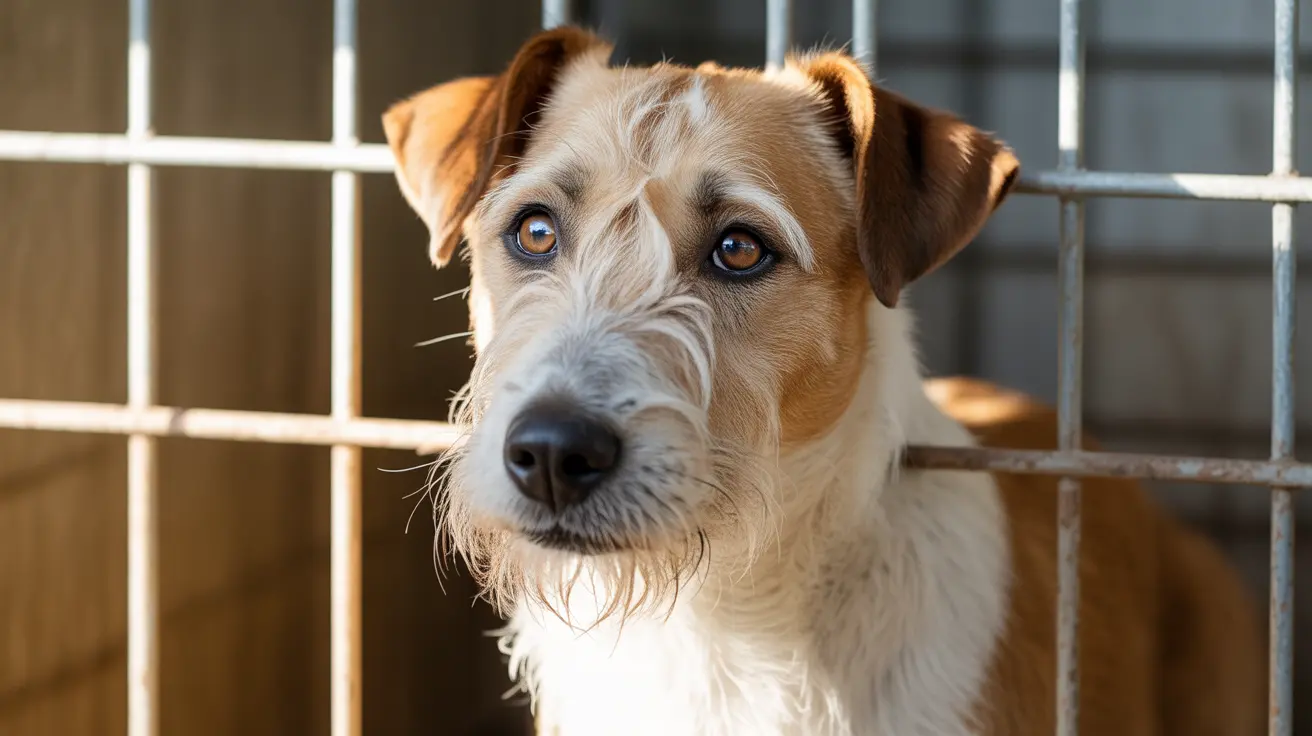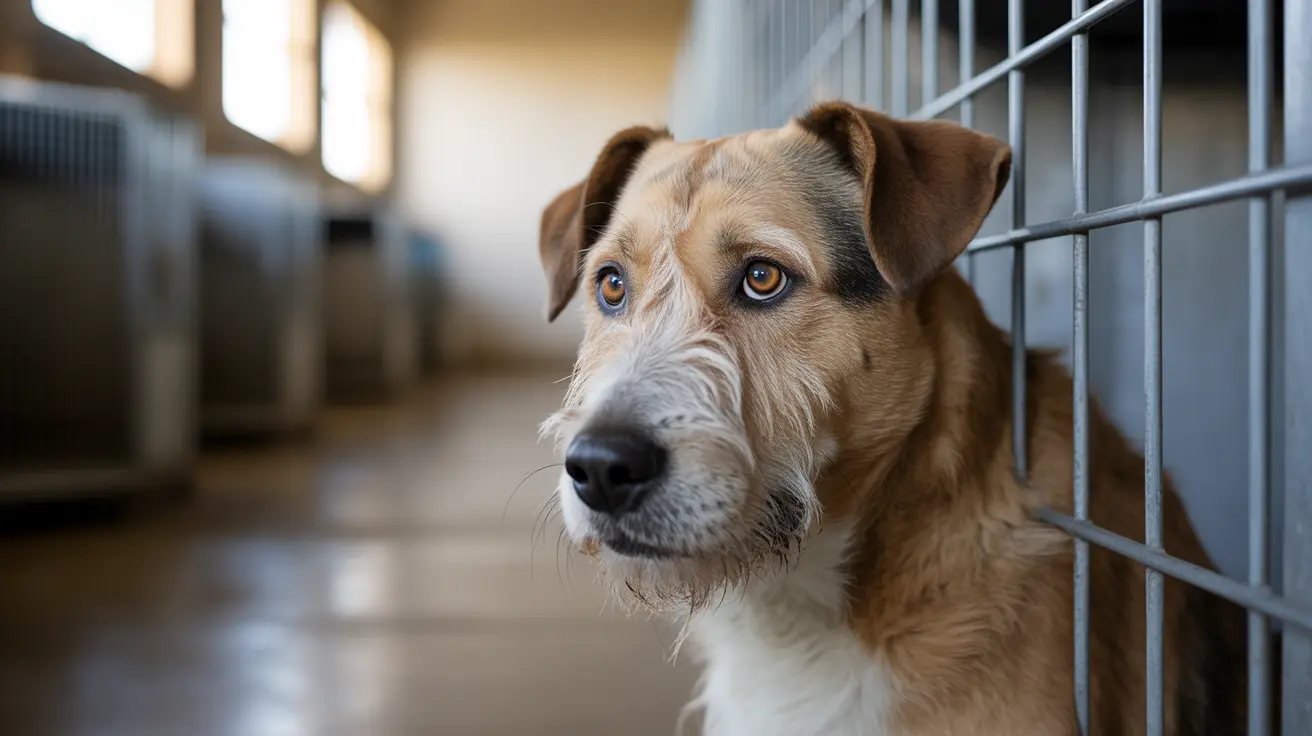What Are Rodent Ulcers in Cats?
Rodent ulcers, also known as eosinophilic or indolent ulcers, are inflammatory lesions that can affect both the upper and bottom lip of cats. These distinctive sores are part of a broader condition called the eosinophilic granuloma complex, which occurs when a cat's immune system overreacts to various triggers.
While these ulcers can appear alarming to pet owners, especially when they develop on the bottom lip, understanding their nature and proper treatment is crucial for maintaining your cat's health. Let's explore everything you need to know about managing and preventing these concerning lesions.
Common Causes of Rodent Ulcers
Several factors can trigger rodent ulcers on a cat's bottom lip and other oral areas:
Allergic Reactions
The most common cause is allergic hypersensitivity, particularly to:
- Flea bites
- Food proteins
- Environmental allergens
- Insect bites
Other Contributing Factors
Additional triggers may include:
- Bacterial or fungal infections
- Genetic predisposition
- Autoimmune conditions
- Environmental irritants
Identifying Rodent Ulcers
Rodent ulcers typically present as:
- Reddish-brown, swollen areas on the lip
- Well-defined, raised lesions
- Sometimes crusty or ulcerated appearance
- Possible spreading to surrounding tissue
When located on the bottom lip, these ulcers may affect your cat's eating habits or cause mild discomfort, though they're typically not painful.
Treatment Options
Medical Interventions
Your veterinarian may recommend:
- Corticosteroids (oral or injectable)
- Immunosuppressive medications
- Antibiotics if secondary infection is present
- Antifungal medications when necessary
Supportive Care
Additional treatment measures include:
- Regular cleaning of the affected area
- Switching to hypoallergenic food
- Implementing strict flea control
- Environmental modifications to reduce allergen exposure
Prevention Strategies
To prevent rodent ulcers from developing or recurring:
- Maintain regular flea prevention
- Use hypoallergenic food bowls
- Keep your cat's environment clean
- Monitor for early signs of lip irritation
- Schedule regular veterinary check-ups
When to Seek Veterinary Care
Contact your veterinarian if you notice:
- New or worsening lip lesions
- Changes in eating habits
- Excessive pawing at the mouth
- Signs of discomfort or behavioral changes
Frequently Asked Questions
What causes rodent ulcers on a cat's bottom lip, and how are they different from those on the upper lip?
Rodent ulcers on the bottom lip are typically caused by the same factors as those on the upper lip - primarily allergic reactions. However, bottom lip ulcers may interfere more with eating and drinking, making them potentially more problematic for daily activities.
How can I prevent my cat from developing rodent ulcers, especially if they are prone to allergies?
Prevention involves maintaining strict flea control, using hypoallergenic diets when recommended, eliminating known allergens, and keeping your cat's environment clean. Regular veterinary check-ups can help catch early signs of development.
What are the most effective treatments for rodent ulcers in cats, and when should I seek veterinary care?
The most effective treatments include corticosteroids and immunosuppressive medications, combined with addressing underlying causes. Seek veterinary care as soon as you notice any lip lesions, as early intervention leads to better outcomes.
Are rodent ulcers painful for cats, even if they look severe?
Despite their concerning appearance, rodent ulcers are typically not painful. However, they can cause discomfort or irritation, especially when eating or grooming, and should still be treated promptly.
Can rodent ulcers on a cat's bottom lip be a sign of a more serious underlying health issue?
While most rodent ulcers are related to allergies or immune responses, they can occasionally indicate underlying health issues such as autoimmune conditions or chronic infections. This is why professional veterinary evaluation is important for proper diagnosis and treatment.






